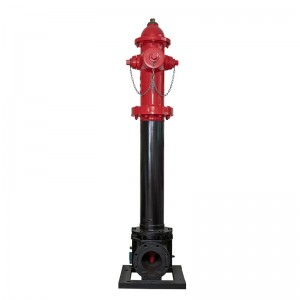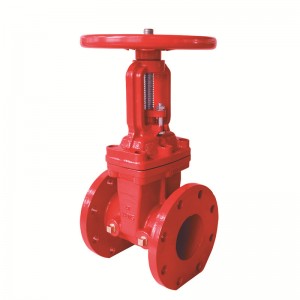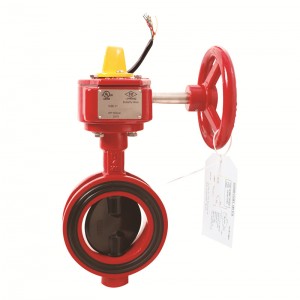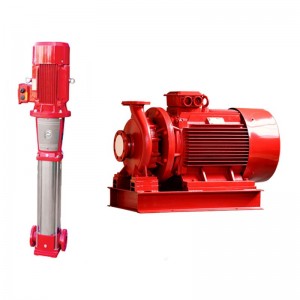Dry barrel fire hydrant ULFM Approval
1.Hydrants should be handled with care to avoid damage. It is recommended to keep hydrants closed until use.
2.If the hydrant is not to be used straight away then it is recommended to coat threads and other machined parts with anti-rust oil and the hydrant should be stored in a dry and ventilated area. For long-term storage, the hydrant should be checked regularly.
3.Before installation of hydrants, the connection should be free from dirt or other matter.
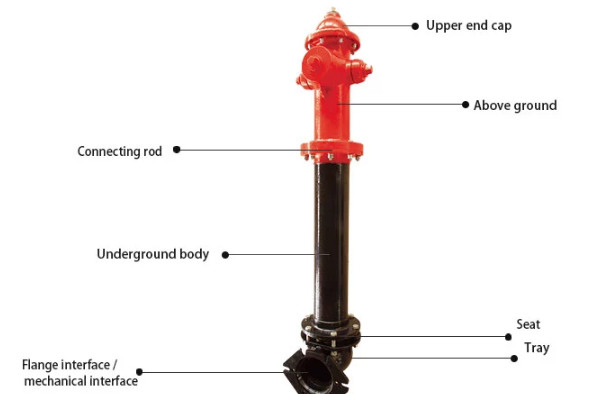
4.The positioning of the hydrant should be in accordance with local requirements.The pumper should face the street and all connections should be away from any obstruction to connecting hoses.
5.The inlet elbow should be placed on a solid surface and if possible brace the side opposite the incoming flow to reduce reaction stresses.The underground parts of the hydrant should be surrounded with coarse gravel for support and drainage
6.After the hydrant has been installed and tested,it is recommended to fully flush the hydrant before closing for service. Before replacing the nozzle caps, It is recommended to check for correct drainage of the hydrant on closing of the valve.This can be achieved by placing a hand over the nozzle opening,a suction should be felt.
1.Unscrew the nozzle caps and connect hoses.
2.Open the hydrant using the hydrant key (included) to the fully open position by turning the operation nut in an anti-clockwise direction-Do not force the hydrant to open further pest the fully open position. Note that the hydrant valve is not intended to control the flow, it should be used in either the fully open or fully closed position.
3.To control flow, a pressure/flow control valve should be fitted to the nozzie outlets on the hydrant.
4.To close, turn the operation nut into a clockwise direction again, do not over tighten.
1.Carry out a visual inspection for signs of significant corrosion which may impair performance.
2.Where possible,carry out leakage tests by opening one of the nozzle caps sightly and then open the hydrant valve.Once the air has escaped, tighten the hose cap and check for leaks.
3.Close hydrant and remove one nozzle cap so that the drainage can be checked.
4.Flush the hydrant.
5.Clean and lubricate all nozzle threads
6.Clean the exterior of the hydrant and repaint if required


